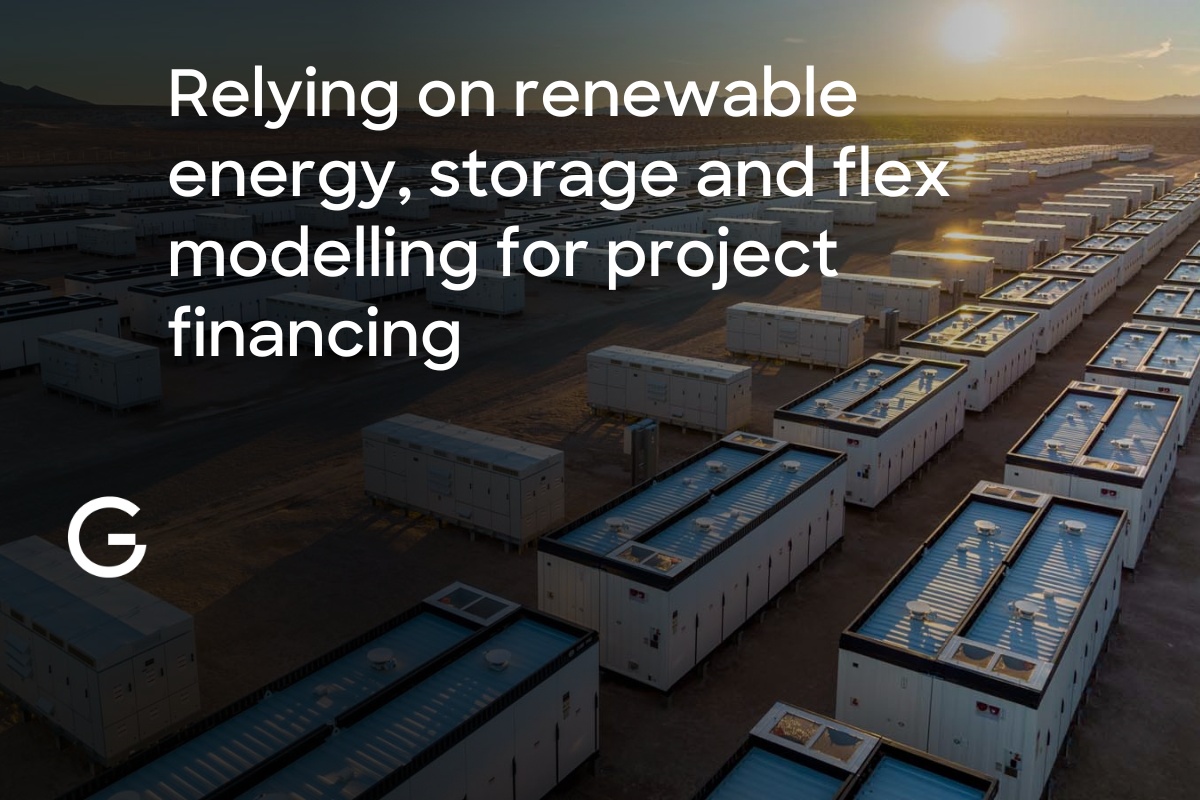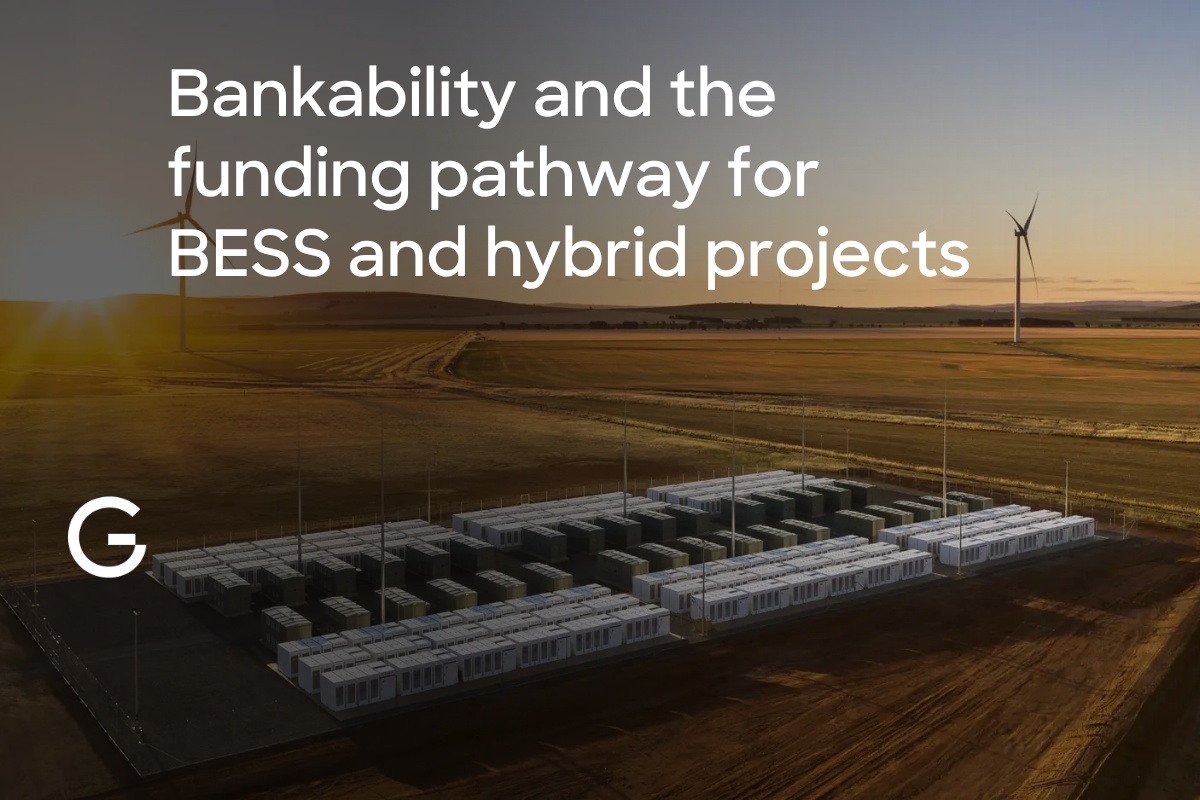The global push for clean energy

After days of counting, today it has become clear that Joe Biden will be the next President of the United States. He has declared that addressing climate change is “the No 1 issue facing humanity” and has promised $2 trillion in climate spending and policies to put the US on a path to 100% clean electricity by 2035, and net zero emissions no later than 2050.
Europe has been committed to action on climate change for some time, and the United Kingdom was the first major economy to pass legislation committing to net-zero emissions by 2050. We’ve recently seen the three large Asian economies commit to net-zero emissions by the middle of the century.
In combination, Europe, China, South Korea, Japan, the United Kingdom, and the United States represent more than 70% of global GDP, all committed to net-zero emissions by the middle of the century. Energy is responsible for over 70% of the worlds greenhouse gas emissions, and these commitments are matched with investment plans in new clean energy and transport technology.
The annual value of fossil fuels at the mine-mouth and well head is around $3.5 trillion. This now has to go close to zero by 2050. There is a massive amount of legacy infrastructure associated with fossil fuel supply chains?: transporting this energy and converting it to useful forms, like electricity. We need massive investment in new power and transport infrastructure to replace ageing and environmentally damaging coal fired power stations, gas pipelines, oil refineries, and so on. Bloomberg New Energy Finance has predicted that there will $15.1 trillion invested in new power capacity over the next three decades, with renewables and batteries capturing 80% of this investment.
New technology associated with inverter-based energy systems mean that new power and transport infrastructure can increasingly be small, smart and distributed throughout the built environment: roof-top PV systems, battery storage systems, and electric vehicle charging.
The US recently made rules changes to enable these distributed energy resources to participate more actively in energy markets. In what is hopefully one of his last damaging actions as President, Trump has just replaced FERC Chairman Neil Chatterjee who championed this rules change. Our hope is the President-elect Biden will quickly start to put climate-positive administrators back in charge of key US institutions.
Everyone we talk to in the energy industry remarks on the rapid changes we have seen over the last decade with the shift towards decarbonisation, decentralisation, and digitisation, but the pace of change is only going to increase and it will continue for decades to come, as the world pushes ahead to a future where energy is clean and abundant. We can’t wait.







